- Thread starter
- #81
DominaMortem
Well-Known Member
Any idea why the Afghanis are growing so weird?
How To Use Progressive Web App aka PWA On 420 Magazine Forum
Note: This feature may not be available in some browsers.






I hope I haven't lost everyone.

I thought I Was! Oops!Try hitting Thank or Like or responding to what your followers say and you may find they'll be more likely to stay engaged and stick around. We all crave acknowledgement.
Not at all and welcome. I'll post a picture update a little later tonightHey Dom mind if I hang out and watch?






Hope you have a good work day thenIm at work so tomorrow Ill backread and catch up

That is in fact the exact video I used

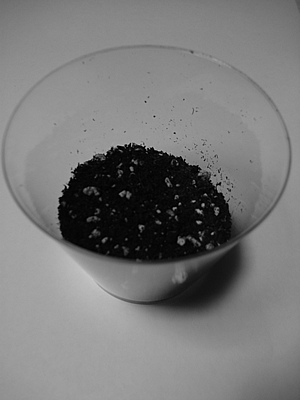
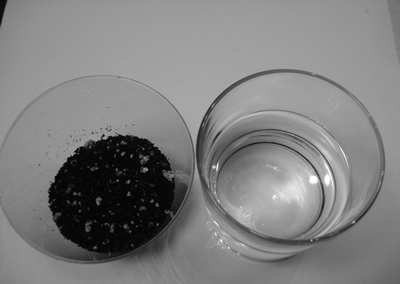
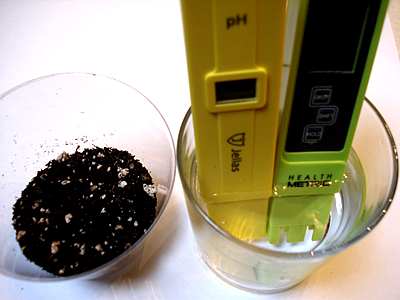
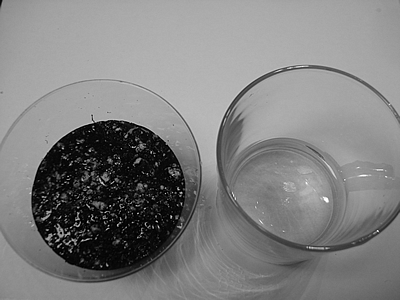
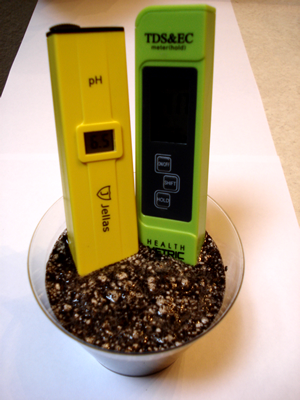

Before you do any of that you need to find out what your waters ph is. If you arent phing your water properly it will overwhelm your soils ph when container gardening. I would start by phing water to exactly 6.5. Thats the sweet spot in soil. Then do a really big watering and add CalMag to get it inti your plants. PH after mixing in the CalMag. The plants will grab some mag out of the huge flush and the soil will come inline a bit. Then 2 hours later do it again. Another power soaking with CalMag again. Then the next day do a full watering yet again til you get runoff. Test that runoff. If your runoff is now much closer to 6.5 or possibly even at 6.5 you are now getting ahead of the soil. If not the soil is the problem not the water. If thats the case you likely have alot of peatmoss in your soil. As it breaks down it plummets the ph. Figure out where the problem is first and get your water perfect and fully saturated. Then you know the true amount your soil is out. I bet its your water. Its almost always water. PH it after everything is added. Organic Nutes generally lower mine from 8.4 to 5.2 so I have to up it to 6.5 every grow. Heres a ph chart for soil showing unlock points. You can see how 6.5 is the sweet spot.Cool. So assuming that's a correct value, and knowing that you're not using any commercial fertilizers that are formulated to be more available at non-ideal pH, and knowing that you live in an area that probably has pretty low levels of mineral content in the water, I'm going to guess that that's a magnesium deficiency that's causing that interveinal chlorosis in your leaves.
It might be something else that's causing the yellowing, but I don't thing that the exact mineral really matters at this point. What matters is that for once I think we might have a genuine case of nutrient lockout because the pH is too low for magnesium absorption (or something else absorption).
If it was my grow and I wanted to stay organic (rather than just pouring a bunch of pH-adjusted FloraGro on it), the first thing to do would be to correct that pH upwards, obviously. You could do that with pH Up which is just potassium salts, which your plant would like, or you could buy a bag of finely powdered dolomite lime (a.k.a. "Dolomite") which I think is about half and half calcium carbonate (i.e. chalk) and magnesium carbonate. Mixing that into your soil as much as you can without disturbing the roots too much should lower the pH and add some magnesium at the same time, so it could conceivably kill two birds with one stone. That acid soil should dissolve the CaCO3 and MgCO3 pretty quickly, so I expect your next slurry test in about a week would show a higher pH.
The question is how much of the dolomite lime to add. I would guess that a couple or three heaping tablespoons worked into the soil around the roots of small plants would help, and proportionally more for bigger plants. If you wanted to be scientific about it, you could take X grams of soil and Y grams of dolomite lime and mix them together and then make a slurry and let the slurry sit for a couple of days for the lime to dissolve and the see what you pH is. If that amount gave you .1 pH unit improvement, then three times as much should give you .3 pH units (theoretically--there are so many variables that you have to fly by the seat of the pants a bit too, but that's all part of the fun (or pain) of organic gardening--that it hasn't been reduced to a simple chemical equation).
One more thought (and I think it's a pretty good one): Talk to your county agent or a master gardener or the local garden club or someone who is knowledgeable (and not a BSer) at the local garden store (a dedicated garden store with a good reputation, not a home center with minimum wage drones who just happened to get assigned to the garden center that day), and tell them that a slurry test shows your pH is 4.x and you want to raise it, and what do they do? (You ideally want someone who knows what a slurry test is and who has actually corrected their soil, not someone who's going to just parrot something they heard.)
It seems like "top dressing" lime (i.e. just pouring it around the base of the plants and maybe working into the surface soil a little) is popular, but I'm going to guess that if that works at all, it's going to work on a time scale of months or even years, not days like you probably want.
One more thought: Do you know any cannabis growers in your area, or know someone who does? You kinda live on the northern edge of a major west-coast pot growing area, so there may be some old hippy grower with dirty fingernails who can get you straightened out in no time.
Golly, that got long. It's an interesting problem. I hope something in there might be of use. Time for me to get back to work.
Good luck and post updates!
